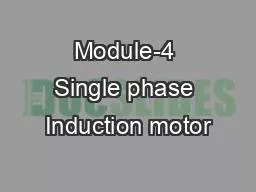PPT-POLY PHASE INDUCTION MOTOR
Author : jade | Published Date : 2022-06-18
1 2 Construction Induction motor consists essentially of two main parts 1 Stator 2 Rotor 3 Fig 3 φ induction motor cross section 4 Stator
Presentation Embed Code
Download Presentation
Download Presentation The PPT/PDF document "POLY PHASE INDUCTION MOTOR" is the property of its rightful owner. Permission is granted to download and print the materials on this website for personal, non-commercial use only, and to display it on your personal computer provided you do not modify the materials and that you retain all copyright notices contained in the materials. By downloading content from our website, you accept the terms of this agreement.
POLY PHASE INDUCTION MOTOR: Transcript
Download Rules Of Document
"POLY PHASE INDUCTION MOTOR"The content belongs to its owner. You may download and print it for personal use, without modification, and keep all copyright notices. By downloading, you agree to these terms.
Related Documents

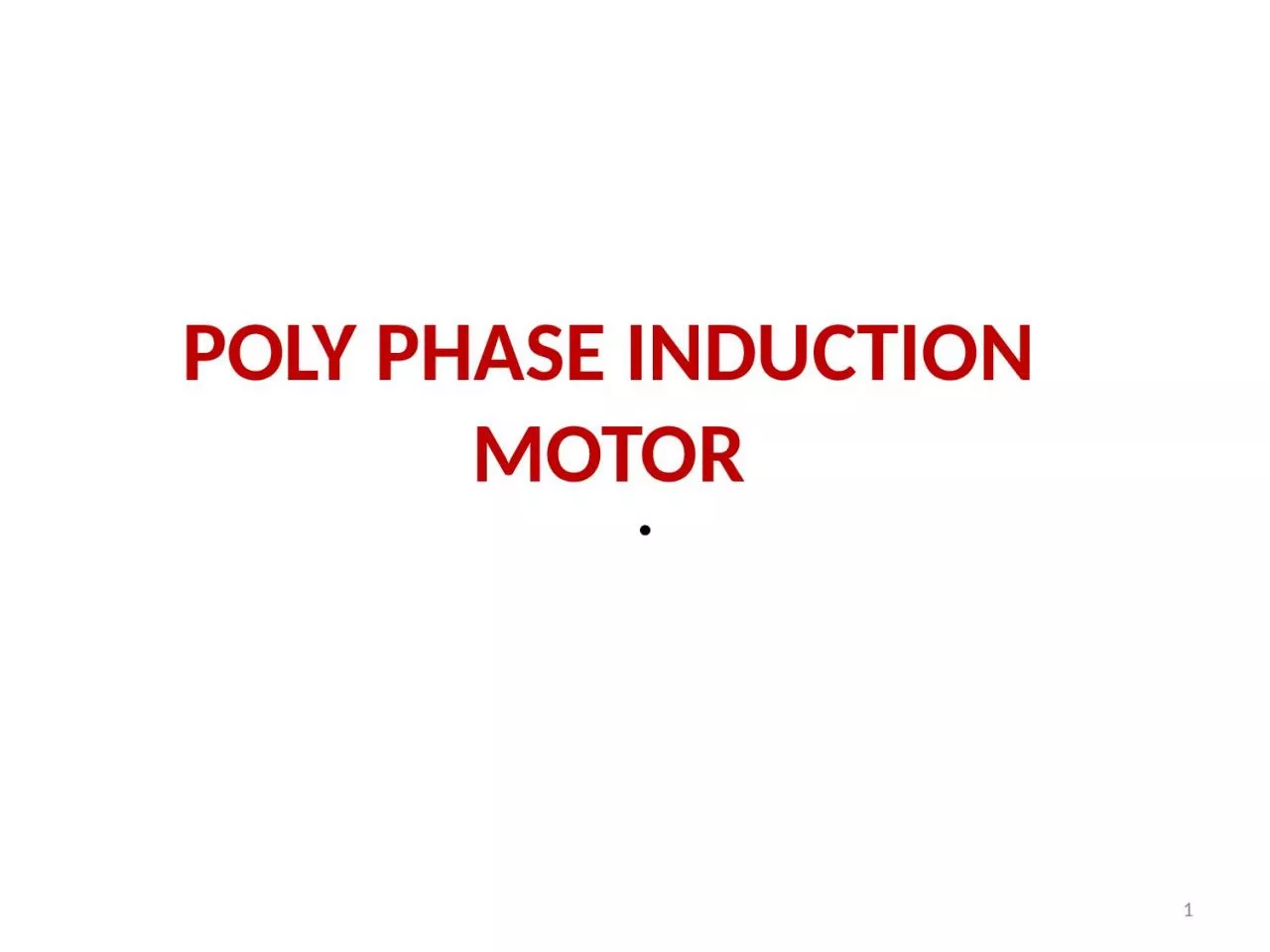
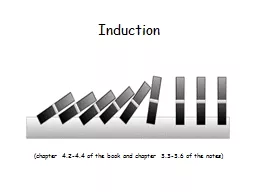
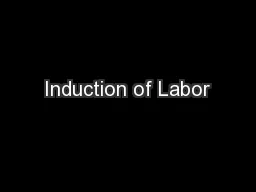

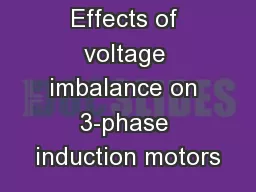
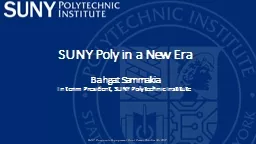
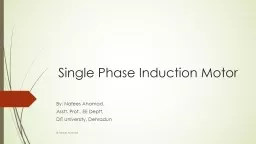
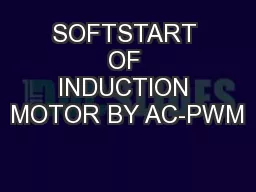
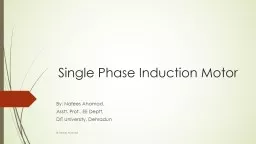
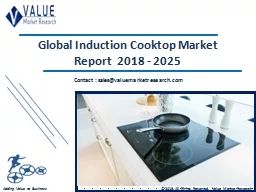
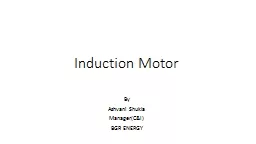
![[READ] - The Induction Motor and Other Alternating Current Motors: Their Theory and Principles](https://thumbs.docslides.com/902813/read-the-induction-motor-and-other-alternating-current-motors-their-theory-and-principles-of-design.jpg)
